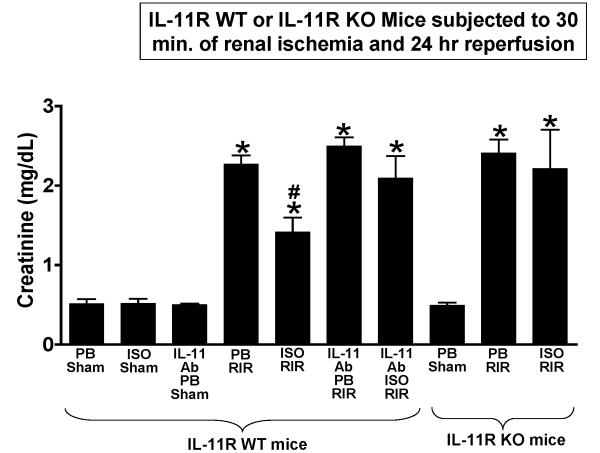Figure 5. Isoflurane increases interleukin (IL)-11 immunoreactivity in mouse kidney via transforming growth factor-beta 1 (TGF-β1).
A. IL-11 immunohistochemistry (400× shown, N = 4) in kidneys from IL-11 receptor wild type (IL-11R WT) mice anesthetized with pentobarbital or with 1.2% isoflurane for 4 h. IL-11 staining was darker in kidneys of mice anesthetized with isoflurane. TGF-β1 neutralizing antibody attenuated isoflurane-mediated increase in IL-11 immunoreactivity. Finally, IL-11 staining was not visible in kidneys from mice stained with negative isotype control antibodies (representative of four experiments). B. Quantifications of renal tubular IL-11 staining in mice anesthetized with pentobarbital or with 1.2% isoflurane for 4 h. Kidney IL-11 immunoreactivity significantly increased in mice anesthetized with isoflurane and attenuated with TGF-β1 neutralizing antibody. # P < 0.05 vs. isoflurane anesthetized mice treated with immunoglobulin G (IgG) isotype antibody. * P < 0.05 vs. pentobarbital-anesthetized mice. Error bars represent 1 SD.

